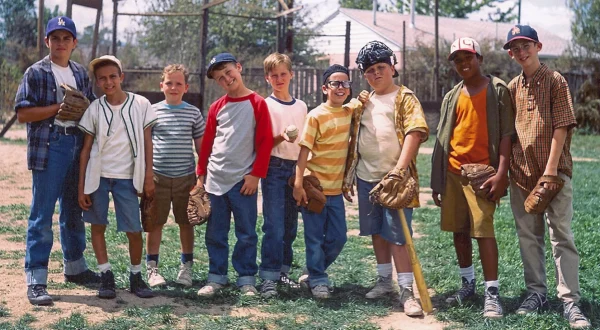America’s public education system has gone awry
The American public education system has turned into a catastrophe.
The catastrophe is not that the system is failing as a whole. Some schools are flourishing and turning out bright students who are ready to become leaders in their communities and productive members of society. The real disaster, rather, is the vast difference of the quality of education in different school districts.
I grew up in a small suburb of Flint called Goodrich, which my parents specifically moved to for the strong school system. My teachers made sure my classmates and I learned the fundamentals at each grade level and took a personal interest in our lives.
The experience of suburban students is generally charmed. The disparity comes into play when their experience is compared with students in urban districts.
This is extremely evident when a school’s “promoting power” is examined. The promoting power of a school is the percentage of students from the freshman class that graduate four years later. In 2008, Goodrich High School graduated 106 percent of the students that began as freshmen, meaning it actually gained students. By comparison, Cody High School in Detroit had a promoting power of only 20 percent.
The number at Cody High School is low, but not entirely unusual. In the metro Detroit area, in both urban and suburban areas, there are 38 schools that researchers at Johns Hopkins University have deemed to be “drop-out factories,” as they regularly graduate less than 60 percent of the students who enter as freshmen.
These numbers are unacceptable, alarming and somewhat terrifying. If these kids aren’t finishing high school, what’s in store for them?
Kofi Annan, former Secretary-General of the United Nations and corecipient of the 2001 Nobel Peace Prize said: “Knowledge is power. Information is liberating. Education is the premise of progress in every society, in every family.”
Students who aren’t getting a quality high school education are at a serious disadvantage — even for minimum wage positions. This lack of education and qualifications for careers or even entry-level jobs perpetuates the cycle of poverty. Many times these students come from impoverished homes, are unable to get a quality education because of where they live, are unable to get high-paying jobs and therefore end up staying in impoverished neighborhoods and starting the cycle over again.
Poverty is a big problem. Education is not the full solution, but it’s certainly an important step. We need to put an emphasis on education not just in school districts that are already stable, but everywhere.
The crisis in our school systems is a problem for all of us and our collective future. It’s something that we all need to act on if we want to see a solution.
Change won’t come solely from people volunteering to tutor students or voting for candidates who place value on education, but it’s a leap toward breaking the cycle.






